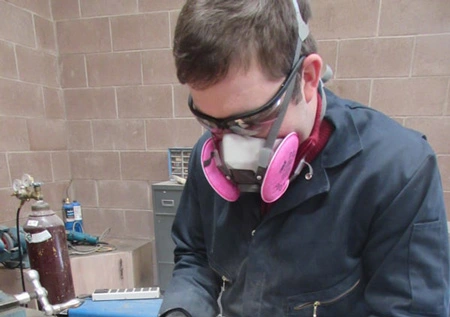
Recently, at a local swimming pool, a combination of muriatic acid and chlorine were mixed together in the pump room causing numerous hazards to those swimming there. This concoction created a hazardous gas cloud that put about three dozen people (including children) in the hospital to look for worsening symptoms. Luckily in this event all symptoms experiences of those involved were minor. Although these individuals were lucky, others in different situations were not.
For starters, what is muriatic acid? It is a less-pure variant of hydrochloric acid. This acid runs at inexpensive prices and is sold at many different places. The thing is, despite how corrosive this product is, the public continues to have easy access to it. Even the fumes can burn lung and nose linings. So how can we prevent situations like this from happening?
In the work industry, Hazard Communications (HazCom) are used as a method to bring attention to the person using these products. It allows them to know what hazards they could potentially be exposed to; how to recognize those hazards; and what to do in case a hazardous situation arises.
In order to keep you, fellow employees, and even customers safe you will need to understand the classifications and categorization of the chemicals that you will be working with. These categories are usually described in safety data sheets (SDS) provided through manufacturers, importers, and distributors. Below is an example of the classes of hazards that the Globally Harmonized System (GHS) uses.
Hazard Classes
- Health Hazards: acute toxicity, skin corrosion or irritation, respiratory sensitization, etc.
- Physical Hazards: explosive, corrosive to metal, self-heating, etc.
- Environmental Hazards: acute and chronic aquatic toxicity
By using HazCom methods to help those using the item to understand the hazards associated with it, and knowing what can and cannot be mixed together, many people can be saved from injury or death.
For more information on HazCom: www.hardhattraining.com
